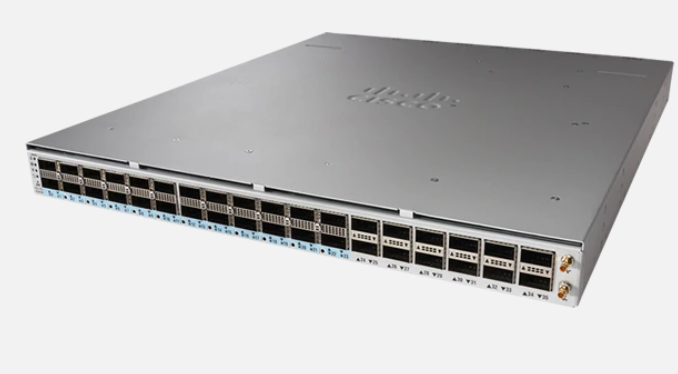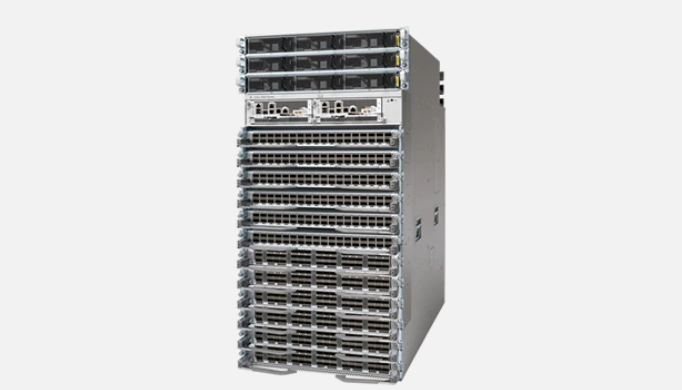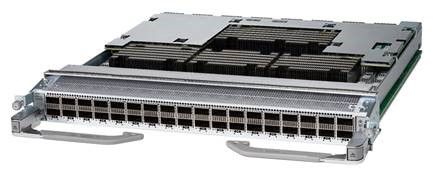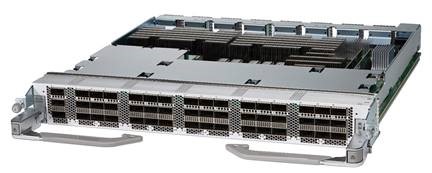
Cisco released its high-end router, the Cisco 8000 series routers, last December. The 8000 series is at the same level of ASR 9000, the NCS 6000, and the NCS 5500.
Recently, Cisco announced the future Internet strategy at the “Internet for the Future” global press conference. This strategy includes three key technology areas: chip Cisco Silicon One ™, optical module and software.
- Cisco Silicon One ™ is not only a chip, but also a new system architecture for the future, which can meet different needs of users and bring unlimited possibilities to users;
- In optical devices, Cisco continues to invest in silicon photonics and coherent light detection technology, and fully deploys 400G;
- IOS XR has evolved again in software. In addition to fully embracing Linux and related tool sets, making it more lightweight and modular, it also brings many security features.
Based on innovations in three major areas, Cisco has also launched a high-density 400G optimized, programmable router platform for the next ten years. The first batch of products is the Cisco 8200 series and Cisco 8800 series.
The Cisco 8200 Series is provided for deployment into power- and space-constrained facilities. It is designed for colocation, content delivery networks (CDNs), Internet exchange points, or legacy central office sites.

Cisco 8200 series provides two platforms:
(1) 8201 Router
Chassis Form: Fixed
Bandwidth: 10.8 Tbps
Ports:24 × QSFP56-DD 400 GbE; 12 × QSFP28 100 GbE
Height: 1 RU
(2) 8202 Router
Chassis Form: Fixed
Bandwidth: 10.8 Tbps
Ports: 12 × QSFP56-DD 400 GbE; 60 × QSFP28 100 GbE
Height: 2 RU
The Cisco 8800 Series delivers breakthrough density up to 260 Tbps, using 648 400 GbE ports and enables greater savings. To reach the high performance, it reduces the number of routers required in a given location – potentially removing entire layers from a network.

Cisco 8800 series provides 3 platforms:
(1) 8808 Router
Chassis Form: Modular
Bandwidth: 115.2 Tbps
Ports & Line Cards:48 × QSFP28 100 GbE with MACsec; 36 × QSFP56-DD 400 GbE
Height: 8 slots / 16 RU
(2) 8812 Router
Chassis Form: Modular
Bandwidth: 172.8 Tbps
Ports & Line Cards:48 × QSFP28 100 GbE with MACsec; 36 × QSFP56-DD 400 GbE
Height: 12 slots / 21 RU
(3) 8818 Router
Chassis Form: Modular
Bandwidth: 259.2 Tbps
Ports & Line Cards:48 × QSFP28 100 GbE with MACsec; 36 × QSFP56-DD 400 GbE
Height: 18 slots / 33 RU
Cisco 8000 Series Routers provides line cards and modules for different platforms.
Cisco 8800 Series supports two line cards. The 36-port QSFP56-DD 400 GbE line card provides 14.4 Tbps via 36 QSFP56-DD ports.

The 48-port QSFP28 100 GbE line card provides 4.8 Tbps with MACsec support on all ports. It also supports QSFP+ optics for 10G and 40G compatibility.

The Cisco 8800 Series switch fabric is powered by 8 fabric cards that provide 7+1 line rate redundancy. In addition, the fabric supports a separate operational model with 4+1 fabric card redundancy to provide an entry-level option for systems with only the 48-port 100 GbE line card.

Cisco 8000 series routers are high-end routers and they will service large network. If you have more interest about it, please read its official datasheet: Cisco 8000 series datasheet.
Related topics:
FAQs Of Cisco ASR 1000 Aggregation Services Routers Quality of Service (QoS)
What are the Cisco 100G CPAK, QSFP-100G, CFP2, CXP and CFP Modules?


